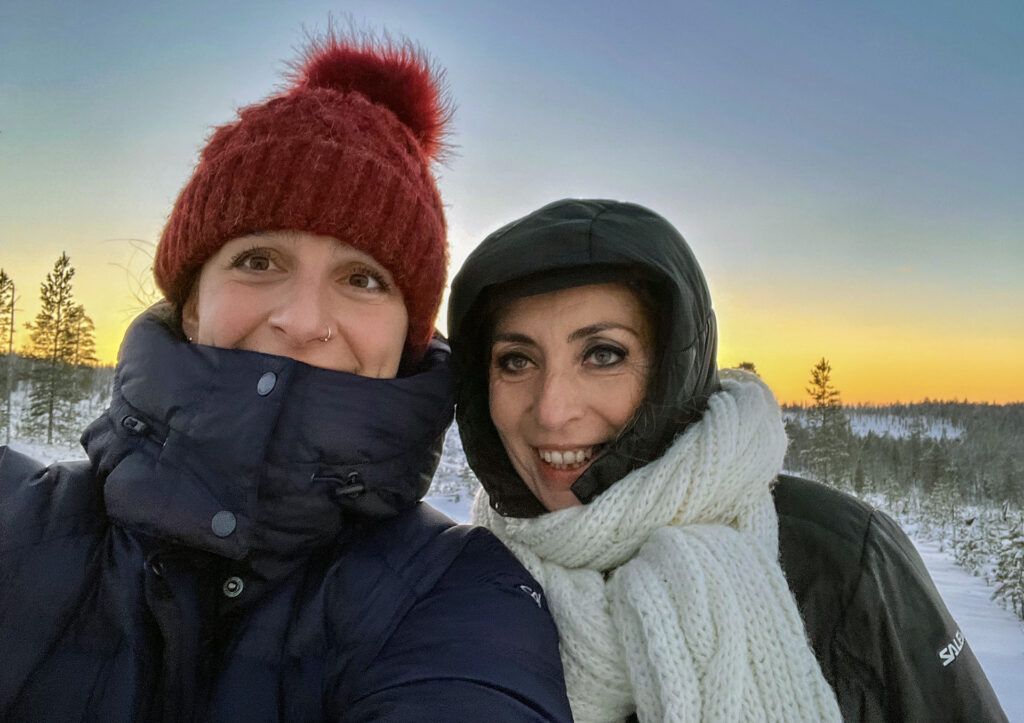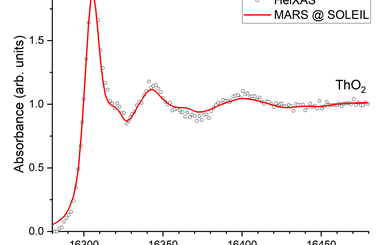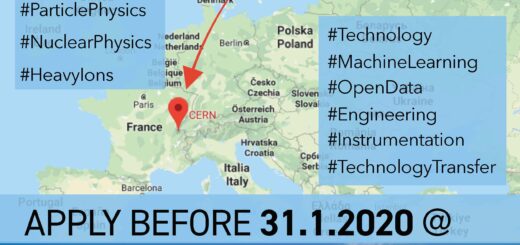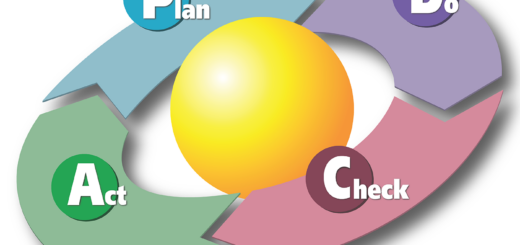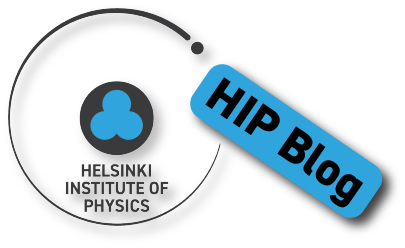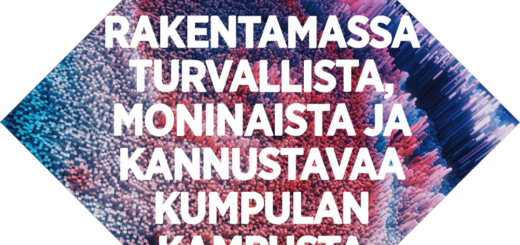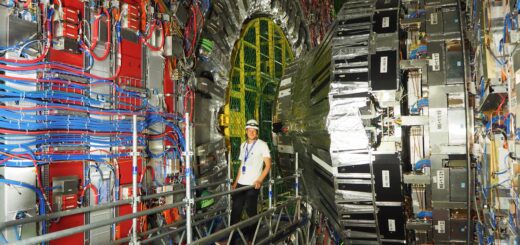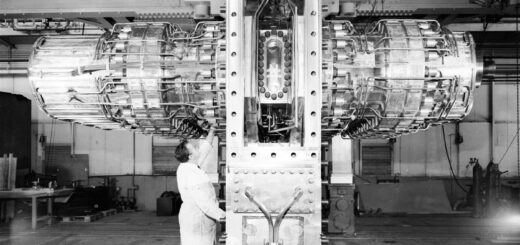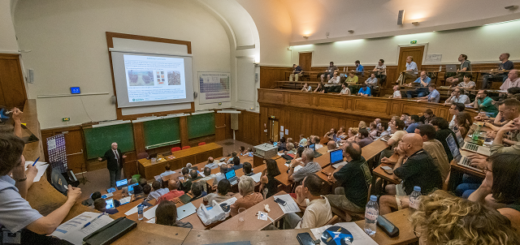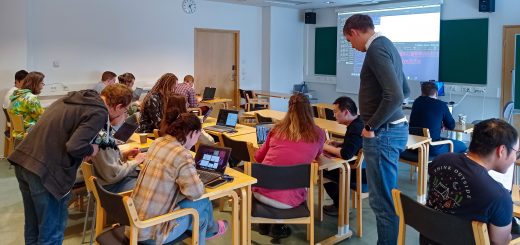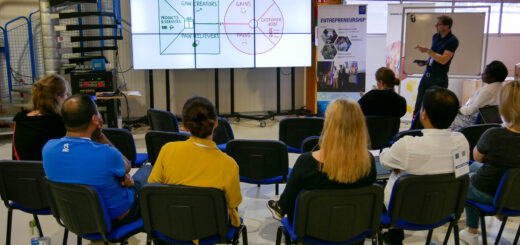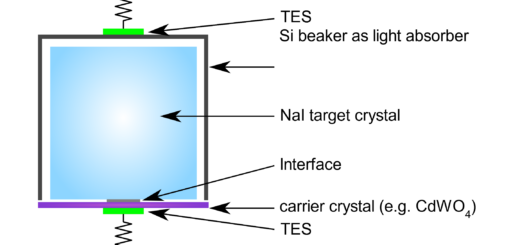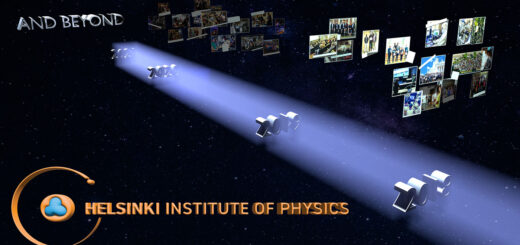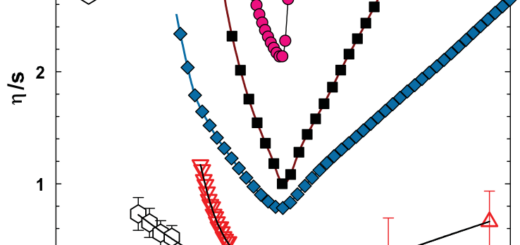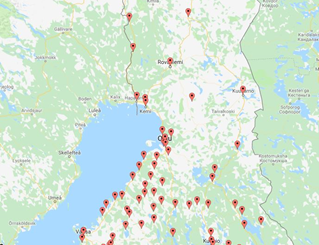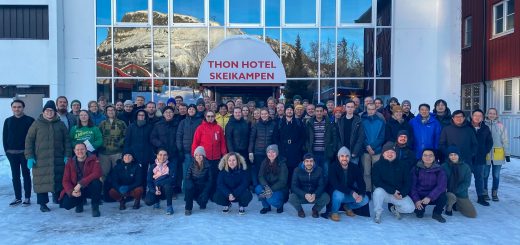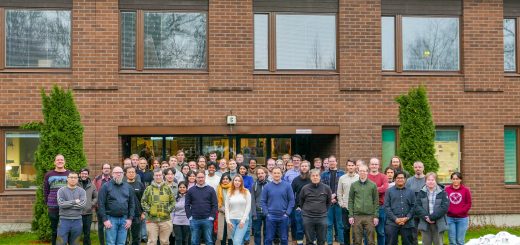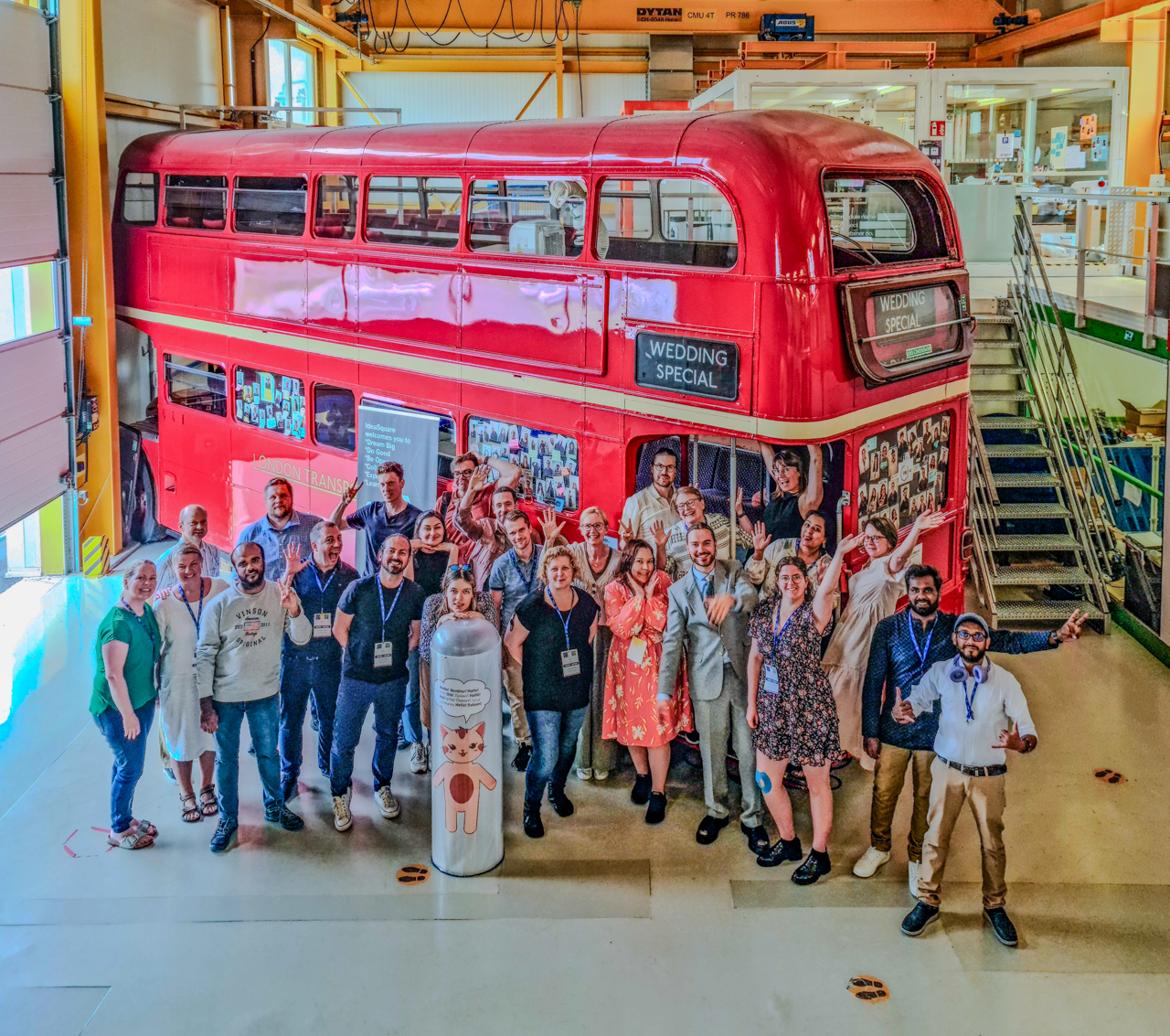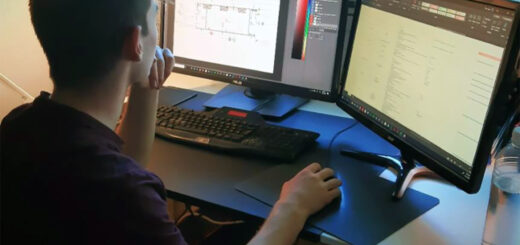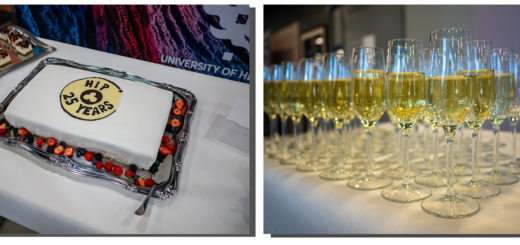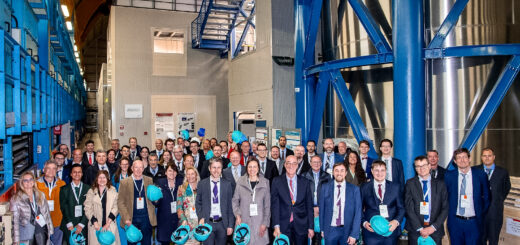Quantum physics and technologies: it’s time to inform society, at large.
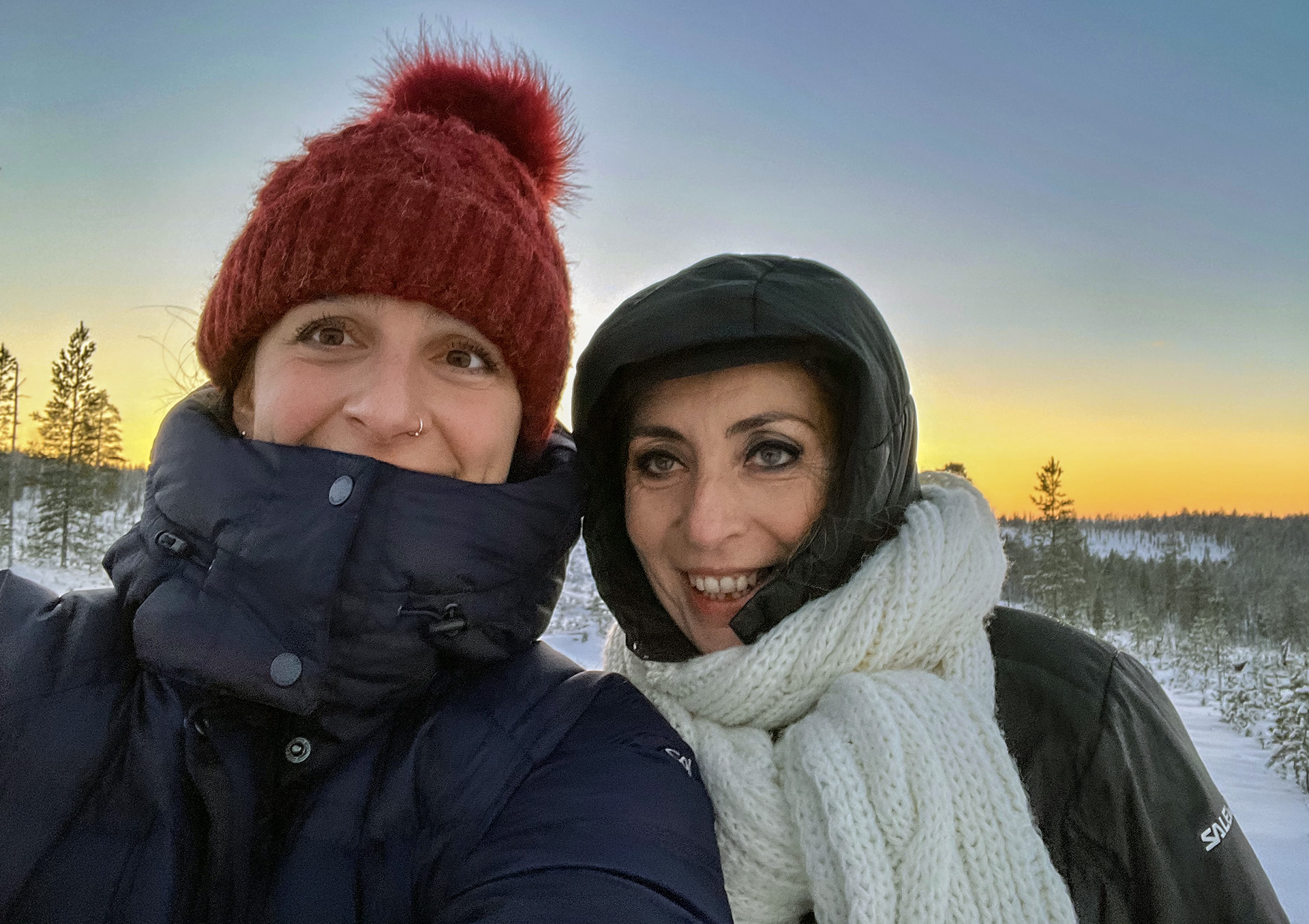
Nowadays, when people talk or write about quantum technologies, they mean a wide range of devices that function, in their essence, by exploiting quantum effects. Indeed, the progress made in this field has been astonishing. Since the publication of John Bell’s work in the 1960s, a whole new avenue has opened up, not only thanks to revolutionary advances in the fundamentals of theory, but also thanks to the development of experimental tools that have laid the way for a new era of quantum technology, as evidenced by the Nobel Prize in Physics just awarded to Alain Aspect, John Clauser and Anton Zeilinger.
Such new Quantum Technologies (QT) are related to the recent ability to control and observe matter at the level of individual quantum particles. The Holy Grail among them all is certainly the quantum computer, which promises to solve problems that are intractable today. Quantum computers are expected to profoundly affect life sciences, robotics, artificial intelligence, data storage and security, and potentially every field that relies on computing power. It is believed that they will help us solve many of the great challenges of our century, from healthcare to energy and the environment.
Until recently, QT were the preserve of a small number of scientists. However, the skills needed to tackle these grand challenges are broader and more diverse, involving many other players besides quantum physicists. In this context, education and training are a priority, and specific curricula to address this transformation are being designed all over the world. At the same time, in order to build a society capable of making responsible decisions, it is important that a broader group than just school and university students is informed about quantum science and technology.
To address the challenges and opportunities of a widespread quantum literacy, we conceived and implemented the online platform QPlaylearn (https://qplaylearn.com), with the aim of teaching quantum science and informing about the impact of QT to everyone, regardless of their age or background.
The QPlayLearn (QPL) online platform offers tailored contents for different target groups, focusing on the following: i) Teachers, students and curious learners; ii) Corporate executives, employees, policy makers and journalists; iii) Artists, curators and cultural managers.
Despite diversification following the different needs of each audience, the core of our approach is that different types of intelligence dominate the learning process of each individual. In this regard, QPL develops and curates various multimedia contents to build intuition and engagement through games and videos, grasp physical concepts through easy-to-follow explanations, acquire the formal understanding through the mathematics.
Regardless of the expertise of the target audience, there is always a solid scientific background behind images and examples we use to popularise quantum physics and technology. Multilevel educational resources can help avoiding misleading analogies and oversimplified explanations, a risk in quantum popularisation especially in contexts where the proper mathematical formalism cannot be used.
QPlayLearn is a collaborative project, involving many supporters such as InstituteQ, the University of Helsinki and Aalto University, the startup Algorithmiq Ltd, and contributions from various partners such as IBM and Strangeworks.
Among the strategic collaborations, we have initiated a discussion with CERN as part of its Quantum Technology Initiative (QTI). As stated in their strategic roadmap published in October 2021, “given that the subject of quantum technologies might be very new in many education institutes or companies, we have the opportunity to look at new ways of delivering courses and share information. Modern, interactive forms of education might complement traditional courseware material offered by academia. A notable example of this approach is the QPlayLearn initiative in Finland, where the approach based on multimedia, gamified learning resources aims at reaching and motivating students as early as high school. The CERN QTI is discussing with QPlayLearn about a collaboration to design content and organise targeted education and innovation events” [https://home.cern/news/press-release/knowledge-sharing/cern-quantum-technology-initiative-unveils-strategic-roadmap].
In particular with Dr. Alberto Di Meglio, CERN QTI coordinator, and Dr. Sofia Vallecorsa, we are planning a series of new jointly developed contents to be released on QPL, and artwork to be possibly displayed at the CERN Science Gateway museum, which will be opening in 2023. [https://sciencegateway.cern/]. QPL has been presented in the International Conference on Quantum Technologies for High-Energy Physics, organised at CERN last week, 1-4 November 2022. We had the opportunity of discussing in more details how to promote and implement this great collaboration. Further updates will then be released shortly.
Sabrina Maniscalco, Professor of Quantum Information and Logic
Department of Physics
University of Helsinki – InstituteQ
Caterina Foti, Postdoctoral researcher
Department of Applied Physics
Aalto University – InstituteQ


